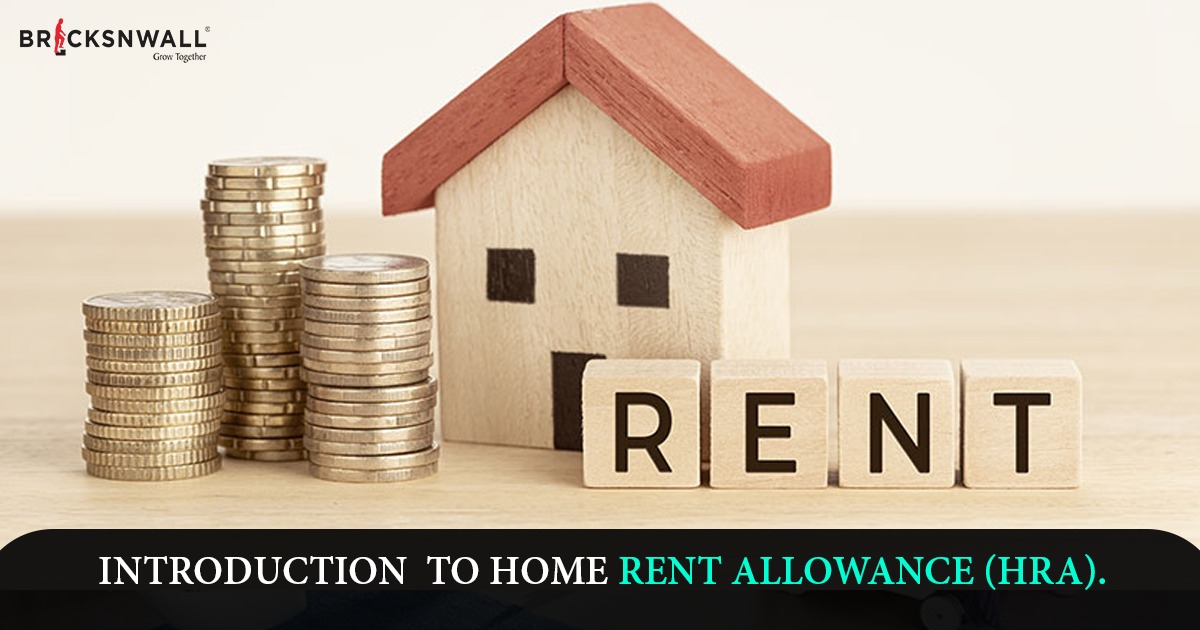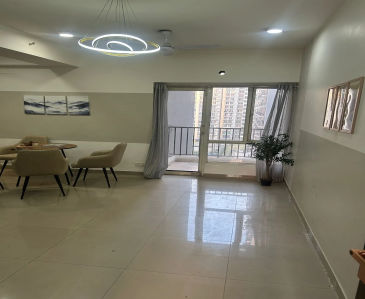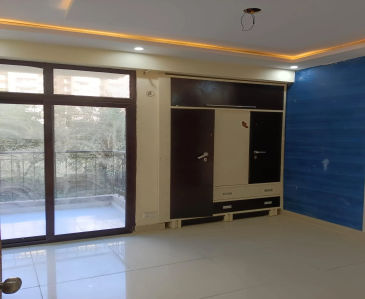Introduction to Home Rent Allowance (HRA)
Bricksnwall Trusted Experts

Are you a professional trying to navigate the tax and allowance world? Look no further! Today we’re venturing into the realm of Home Rent Allowance (HRA) - a financial benefit that can lighten your tax burden and make home ownership more affordable. Let’s unveil the secrets of the HRA together and find out how you can make the most of this lucrative allowance.
Definition of HRA
Home Rent Allowance (HRA) is a portion of your
salary that helps cover the cost of buying your home. Employees are paid by employers
as part of their compensation plan. The HRA is designed to reduce the financial
burden of rent payments, especially in urban areas where rents can be high.
The purpose of the HRA is to provide tax advantages
to individual residents of rental properties. By exempting the HRA portion
earned, employees can also save tax by reducing taxable income. This makes it
rewarding for both employers and employees.
Understanding what an HRA entails and how you can take advantage of it is essential to ensuring compliance and maximizing tax savings. Knowing the definition and implications of an HRA will allow you to make informed decisions about your rental expenses.
Purpose and benefits of HRA
Home Rent Allowance (HRA) acts as a valuable
component of an employee’s compensation system, aimed at providing financial
stability for those living in rented accommodation. By offering HRAs, employers
help employees manage housing costs more effectively.
One of the major advantages of an HRA is its
tax-saving potential. Employees can claim exemption from HRA earned based on
certain criteria, resulting in lower taxable income and reduced tax liability
Moreover, HRA enables individuals to maintain a
good quality of life by reducing the burden of mortgage payments. It ensures
that employees have adequate housing without compromising their financial
stability. Additionally, HRA offers flexibility while allowing individuals to
choose housing according to their preferences and financial constraints.
Overall, the Home Rent Allowance plays an important role in supporting employees’ financial well-being and maintaining a balanced overall working life
Understand HRA exemptions and tax credits
When it comes to understanding HRA exemptions and
tax credits, it’s important to know the eligibility criteria for these
benefits. The amount of HRA exemption you can claim depends on factors such as
your salary schedule and the portion provided as part of your HRA.
When calculating your HRA exemption, various
factors such as the actual rent paid, the HRA received from your employer, and
the location of your lease are taken into consideration. Knowing how these
factors affect your taxes will allow you to make informed decisions when
filing.
Claiming HRA exemption on tax returns requires proper documentation and compliance with relevant guidelines issued by the Tax Department. Ensuring accurate information and supporting documentation will help streamline the process and prevent any gaps in claiming eligible benefits.
Eligibility eligibility for HRA waiver
Different eligibility criteria for the HRA exemption depend on different factors. To claim the HRA exemption, you must be a salaried employee with an HRA as part of your salary plan. In addition, you actually have to pay rent for accommodation where you live. The amount of HRA waived is the lower of three figures: actual HRA received from employer, 50% of basic salary if you live in metros (40% for non-metros), or 10% of annual salary withheld mortgage paid plus Keep in mind that if you live with parents, pay them mortgage And then to claim this benefit, you would have to own a house. During tax season, it is important to provide mortgage vouchers and a mortgage agreement to prove your claim.
Calculation of HRA exemptions
Calculating your Home Rent Allowance (HRA) rebate
is a straightforward process based on specific criteria. Factors such as actual
HRA recipient, rent paid for accommodation and salary details should be
considered in relation to the tax-free HRA rate
The lowest of these three factors is considered for
discount calculation. Then, subtract 10% of your basic salary plus Dearness
Allowance from the total HRA earned in a year to arrive at the taxable HRA
amount.
If you live in a metro (Delhi, Mumbai, Kolkata, or
Chennai), 50% of your basic salary will be charged to calculate the exemption.
In non-metro cities, it has fallen to 40%.
By understanding this accounting system and ensuring that you and your employer accurately file mortgage returns and other important documents, you can effectively maximize your HRA tax benefits.
How to claim HRA exemption in tax returns
There are a few key things to keep in mind when it
comes to Home Rent Allowance (HRA) exemptions on your tax returns. First, make
sure you have the deeds and rental agreements and other necessary documents.
These will be important evidence in your case.
Then, based on the established rules and regulations, calculate the amount for the HRA exemption. Remember that the lower of the three amounts - actual HRA income, 50% of salary for residents of metros or 40% for non-metros, and actual rent paid minus 10% of salary - is presumed to be exempt .
While filing tax returns, be sure to fill out the
HRA exemption details accurately in the appropriate fields. Any errors or
discrepancies during the analysis can cause unnecessary complications. It is
always advisable to seek the guidance of a tax professional if necessary.
If you diligently follow these steps and ensure that all the required documents are correct, you can claim HRA exemptions on your tax returns without any hassle.
Factors affecting HRA exemptions and tax credits
When it comes to items that include HRA exemptions
and tax credits, your salary structure plays an important role. The higher your
HRA portion matches your salary, the greater the potential tax benefit.
Another important consideration is the location of
your rental accommodation. HRA exemptions can vary depending on whether you
live in a metro or non-metro. This difference is due to different rental rates
in different areas.
It’s important to understand how these factors interact and affect your overall tax bill. By optimizing your salary structure and choosing the right location for a home, you can maximize your HRA exemption and reduce your tax bill.
Compensation plan and HRA component
When it comes to HRA exemptions and tax credits,
your payroll plays an important role. The HRA portion of your paycheck
determines how much you can claim as an exemption. The HRA portion is usually a
percentage of your basic salary as determined by your employer.
The higher your basic salary, the higher the HRA
portion will be as well, potentially giving you a huge tax advantage. On the
other hand, if your basic salary is low, the HRA portion may not offer such a
large discount.
It’s important to understand how your pay structure
affects your HRA rebate eligibility. A decent salary structure with an HRA
component can maximize your tax savings by renting in urban areas where rent is
more expensive
The key is to analyze and optimize your reward
structure to make the most of the discounts and deductions available under the
Home Rent Allowance Scheme.
Location of rented housing
Factors affecting HRA exemptions and tax credits
The location of rental properties plays an
important role in determining HRA exemptions and tax credits. The government
has classified cities on the basis of population and infrastructure. HRA
exemption limits are higher for individuals residing in metros like Mumbai,
Delhi, Kolkata and Chennai as compared to non-metro cities.
So be sure to consider the location of your rented
accommodation when calculating the HRA exemption. By understanding these
factors affecting these HRA exemptions and tax credits, you can maximize your
benefits while remaining in compliance with the rules set by the Tax
Administration.
- The amount of the employer's House Rent Allowance (HRA). If the worker is staying in a metro area, 50% of their base pay (40% in non-metro areas)
- The following categories of expenses are allowed under the House Rent Allowance (HRA) for income tax exemption under Section 10(13A) of the Income Tax Act: Paid rent: The precise rent that the taxpayer pays for the dwelling they live in.







